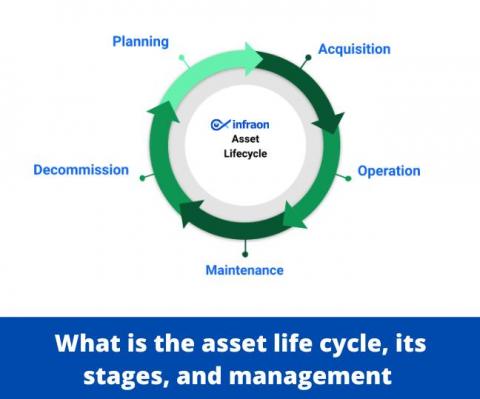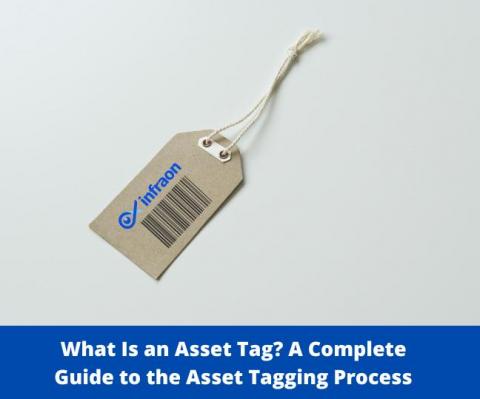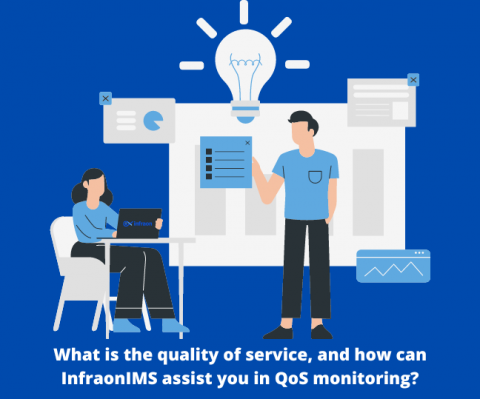The key differences between Active and Passive asset discovery
IT asset management (ITAM) is a strategic process that encompasses the proactive and reactive management of an organization’s physical, virtual, and cloud-based information technology assets. ITAM aims to optimize the cost, performance, and security of an organization’s IT infrastructure while maximizing its return on investment (ROI). To achieve these objectives, ITAM programs must be designed to align with an organization’s business goals and objectives.











